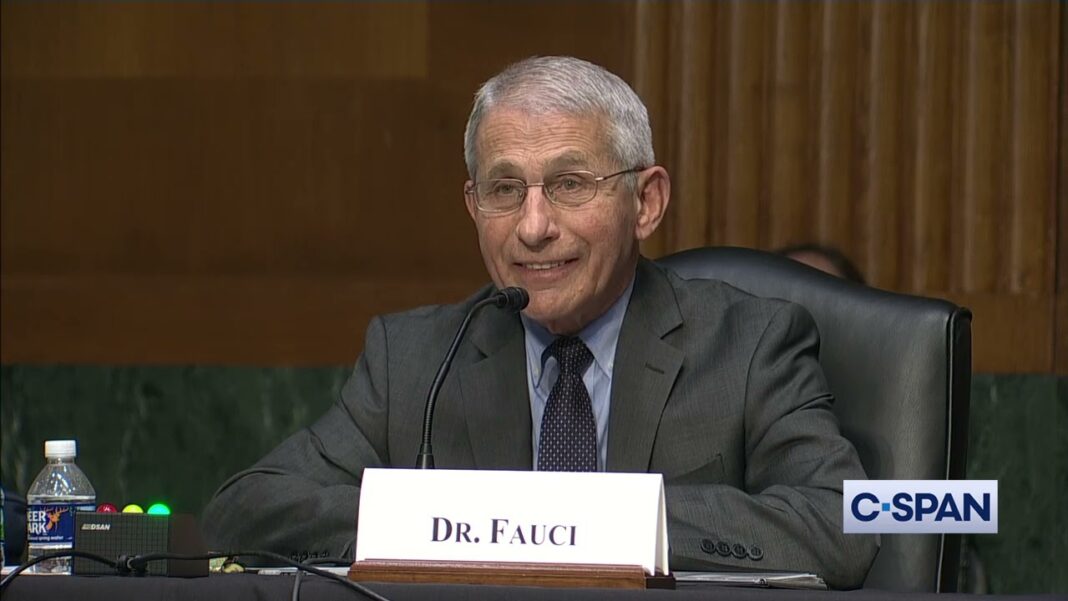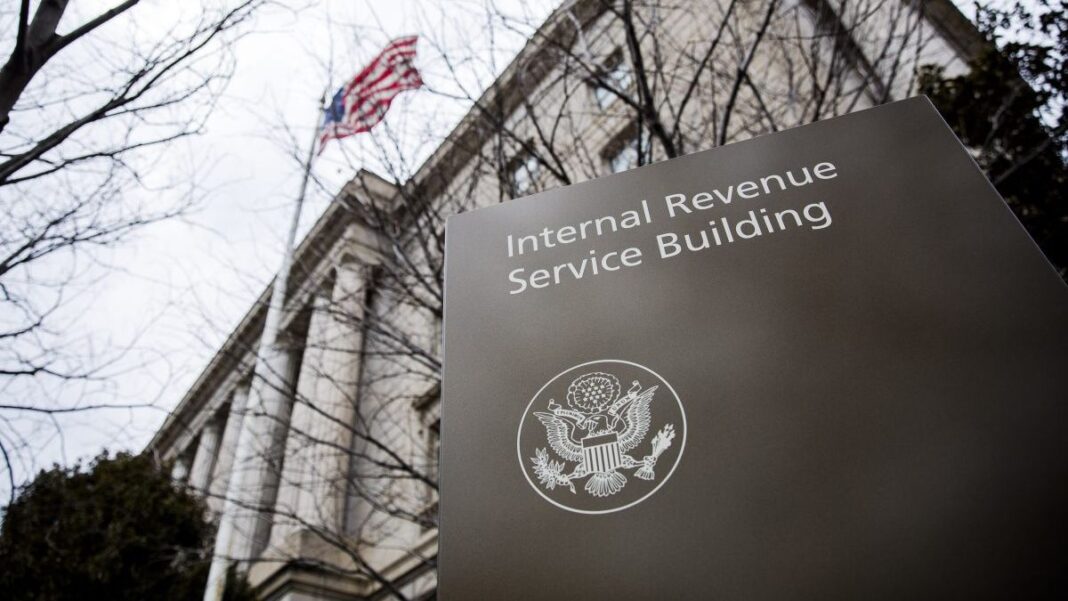Making a box of Cocoa Puffs is a complicated global affair. It could start with cocoa farms in Africa, corn fields in the U.S., or sugar plantations in Latin America. Then thousands of processors, transporters, packagers, distributors, office workers, and retailers join the supply chain before a kid in Minnesota, where General Mills is based, pours the cereal into a bowl.
Now imagine the challenge that General Mills faces in counting the greenhouse gas emissions from all of these people, machines, vehicles, buildings, and other products involved in this Cocoa Puff supply chain—then multiply that by the 100-plus brands belonging to the food giant.
Thousands of public companies may soon have such a daunting task to comply with a new set of climate rules proposed by the Securities and Exchange Commission.
Hailed by prominent environmental groups as a long-sought victory, the sweeping plan released in late March would force companies to grapple with the unpredictable impact of climate change by disclosing reams of new information to investors. What are your company’s climate risks, such as severe weather, and the possible financial impacts? How have the threats affected your business strategies and what’s the plan to avoid the dangers? The most consequential and controversial piece of the SEC’s proposed regulations would require corporations to calculate their total greenhouse gas footprint, including from the supply chain.
The regulations also carry political weight for Democrats in the runup to the midterms in November. The Biden administration and centrist Sen. Joe Manchin of West Virginia are trying once again to breathe life into clean energy legislation that died earlier this year amid a feud between them. If this latest effort at compromise fails—with Manchin reportedly looking for federal support for fossil fuels as well as renewable energy—then much of President Biden’s ambitious climate agenda will be left riding on the SEC proposal.
SEC head Gary Gensler says shareholders are demanding climate risk disclosures to make smarter investment decisions and hold companies accountable for “greenwashing” their operations. The regulations will also provide investors in the Environmental, Social, Governance (ESG) movement more leverage in their ongoing campaigns to pressure companies to reduce their carbon footprints.
While many companies like Walmart and business groups like the Chamber of Commerce generally support the idea of required climate disclosures, they object to what they see as the SEC’s heavy-handedness in standardizing rules across the economy. The Chamber is calling for flexibility so companies can customize their climate disclosures based on what’s relevant to their businesses and investors.
Counting Supply Chain Emissions
The biggest beef from companies is the rule that would require them to calculate and disclose supply chain emissions, called Scope 3.
Big companies have thousands of suppliers operating in hundreds of countries, making the task of coming up with a reasonable accounting enormously complicated. First of all, many suppliers of products and services are private companies not under the control of the SEC. They may refuse to cooperate in a count because of the costs and the implications that they might have to change their business practices to reduce emissions, said Professor Gerald Patchell, who has analyzed the problems of supply chain reporting.
Another obstacle is that many smaller suppliers, like General Mills’ cocoa farmers in Africa, don’t have the capacity to measure the emissions from their own fertilizers, tractors, and farming practices. So companies will have to rely on broad country or industry averages that likely don’t reflect the actual emissions created by the suppliers, according to researchers.
“The data that companies will be asked to collect from thousands of suppliers is mind-boggling and certainly unprecedented,” said Patchell, who researches environmental policy and business. “It’s an idealized concept of what can actually be done by a company.”
The upshot is that regulations meant to bring clarity to investors on climate risk may end up providing highly unreliable emissions disclosures, leaving them “worse off,” wrote SEC Commissioner Hester Peirce, a Trump appointee who voted against the 500-page proposal. It “forces investors to view companies through the eyes of a vocal set of stakeholders, for whom a company’s climate reputation is of equal or greater importance than a company’s financial performance.”
Birth of the Investor Campaign
Two decades ago, the international environmental group CDP pioneered the strategy of organizing institutional investors to pressure companies around the world to reveal at least a piece of their carbon footprint. The CDP pitch: If companies figure out which parts of their sprawling global operations produce the most emissions—from farming and manufacturing to distribution and consumer use—they are better able to reduce them.
For automakers, most emissions come from driving vehicles, not making them. For tech firms, it’s the opposite. Manufacturing devices is a bigger climate issue than using them.
CDP’s campaigns have made grinding progress over the years. In 2021, it gathered more than 160 global investment firms, including bond giant Pimco, Harvard Management Company, and hedge fund AQR Capital Management, to target 1,300 companies worldwide. They are asked to make a long list of climate-related disclosures on CDP’s platform.
Some companies have resisted the pressure while others likely have been shamed into making rudimentary examinations of their emissions to appease investors. In all, about 570 U.S. public companies—an estimated 15 percent of the total—have reported a bit of climate data to London-based CDP, with Intel and PepsiCo among the dozens that earned high marks for transparency.
More recently, some companies have come to see climate change as a direct threat to the bottom line, particularly those that depend on commodities like General Mills. It didn’t require much pushing from investors to begin studying its own supply chain to find that farming is by far its biggest emissions hot spot, mostly through the use of chemical fertilizers and tilling of the soil which releases sequestered carbon.
In a candid 2021 Global Responsibility Report, the company said extreme weather events were already hurting its ability to deliver quality food products.
With the backing of CDP and investment goliaths like BlackRock, the SEC now wants to turn this scattershot voluntary reporting into a mandatory regime for most public companies. The easier pieces force companies to report emissions from operations they own or control such as a corporate headquarters (Scope 1), and the energy they use (Scope 2). Some firms already send this data to CDP without much trouble.
The Scope 3 rule on counting emissions from the chain of thousands of suppliers, on the other hand, may be a world of trouble. The agency acknowledges that it doesn’t have a handle on the costs but that they may be “significant” as companies hire consultants, accountants, and data specialists to do the job.
But since the vast majority of emissions come from supply chains, environmental groups are advocating that Scope 3 remain in the final SEC regulations after the 60-day public comment period. Big companies could start making disclosures to the agency as early as 2024, although lawsuits challenging the authority of the SEC to make climate rules are likely.
“We see the disclosure of Scope 3 emissions as essential in order to make sure that companies have plans to be able to address those emissions,” said Julie Nash, a senior program director at Ceres, another prominent investor advocacy group. “Disclosure is the essential first step.”
Lessons From the Food Industry
Ceres, however, also knows how tough it will be for companies to calculate supply chain emissions from its own campaign focusing on the food industry. The industry is the perfect target. It produces a third of all greenhouse gas emissions worldwide, according to a UN agency. For many of these companies, the supply chain generates about 80 percent of their total emissions.
Last year, Boston-based Ceres organized more than 30 institutional investors, including giants such as Allianz Global Investors, to press 50 food companies to report Scope 3 emissions. Ceres used the same reporting requirements—called the Greenhouse Gas Protocol—as the SEC proposes in its rules.
The protocol covers 15 reporting categories from the beginning of a product’s creation to the end of its life. McDonald’s, for instance, would have to account for emissions from the production of beef it buys from many countries. The disclosures would include processing and transporting the ingredients, packaging the products, disposing of waste, and burning energy along the way. Then there are emissions from business offices, the commuting of 200,000 employees, and the operations of 40,000 restaurants globally.
So how is Ceres’ young campaign going? So far, few if any of the 50 companies are fully reporting their supply chain emissions. Only 23 disclose some of them, according to Ceres.
Nash says the complexity of counting emissions and the lack of data pose big obstacles for food companies. Consider how a food company would have to account for beef supplied from Brazil.
The cattle may move to five different ranches before reaching the slaughterhouse. The company would need to know precise details of the operations of each of those ranches. What did the cattle eat at each ranch? How efficiently did the animals turn food into meat? Did their grazing cause the destruction of forests, which store carbon in trees and soil? Each of these factors, which differ depending on the ranch and the country, significantly affects the carbon footprint of cattle.
“It’s very difficult for companies to trace this information because there are so many different stages in the supply chain,” said Nash, a Ph.D. who directs Ceres’ food and forest program. “So there’s a great deal of work that’s needed to improve traceability and transparency to have the most accurate numbers for a Scope 3 analysis.”
General Mills’ Emissions Count
General Mills stands out among the 50 companies. A spokesperson for the company, which makes breakfast cereals, soups, pizza, and pet food, says it follows almost all of the reporting protocols in its quest to reduce its emissions 30 percent by 2030.
The company’s Scope 3 calculations revealed that 54 percent of its emissions come from growing and transporting crops and turning them into food ingredients, according to its website. General Mills breaks out 28 categories of emissions, including packaging at 8 percent, and consuming its products, such as shopping and cooking, at 17 percent.
But how accurate are any of these emissions numbers?
It’s impossible to say. The maker of Cocoa Puffs doesn’t send bean counters to every cocoa farm in Ghana and Cote d’Ivoire to find out the precise types of fertilizers, tractors, fuel, and agricultural practices they use. That would be prohibitively expensive, given that the company has suppliers operating in more than 100 countries.
Instead, General Mills and other companies use Life Cycle Assessment (LCA) computer models to tally emissions. But these models, like those used in everything from economics to climate science, are only as accurate as the consultants who design them and the data that’s fed into them.
The data is the biggest problem. General Mills hired the consulting firm Quantis to calculate its supply chain emissions. Quantis uses national averages for particular businesses like cocoa farms in Ghana that may be several steps removed from the actual farms that supply General Mills, creating uncertainty about the accuracy of the estimates. Nor do computer models typically include some of the biggest sources of emissions, such as the release from tilling the soil and from converting forests and grasslands, which sequester carbon, to crops. Quantis didn’t respond to a request for an interview.
“We need a more accurate estimate of our baseline emissions,” Steven Rosenzweig, a soil scientist at General Mills, told the U.S. Department of Agriculture in February. “Using these databases means our current footprint is static, it doesn’t change from year to year. It also might be based on the global average that isn’t very relevant to the practices that farmers in our supply sheds are using.”
To make better Scope 3 estimates, Rosenzweig said, companies need to develop more sophisticated data tracking systems, which will require satellites to monitor changes to land use.
In the meantime, General Mills is taking the ambitious step of attempting to transform the agricultural practices of its farmers in the U.S. and abroad who supply key ingredients like wheat, oats, dairy, and cocoa. The company and industry partners are financing efforts to support and train farmers in regenerative agriculture. It uses less fertilizer and tilling to reduce emissions and other methods to improve the health of soil, which is rapidly degrading worldwide.
General Mills has more than 115,000 acres enrolled in its regenerative management programs and aims for one million acres by 2030. “We consider regenerative agriculture to be our greatest opportunity for meeting our commitment to reduce our climate footprint by 30 percent by 2030,” Rosenzweig said.
Seeking Principle-Based Rules
Advocates of the SEC proposal say today’s reporting flaws will be improved as more companies develop Scope 3 expertise and collect better data to share with each other. The number of companies that disclose emissions to CDP continues to grow every year, showing it’s just a matter of time.
Professor Patchell disagrees, saying that forcing companies to make such elaborate disclosures is a waste of resources. Big firms already have a general understanding of the main sources of their emissions, such as agriculture in the food industry. The money needed to produce a precise accounting of emissions, he says, would be better spent on actually reducing them. McDonald’s, for instance, didn’t need a full accounting of its greenhouse gas footprint to pledge to reach net-zero by 2050.
Given the difficulties in determining supply chain emissions, the SEC has carved out a few exemptions. For instance, small firms, such as those with less than $100 million in revenue, won’t have to comply. The companies also will be shielded from lawsuits for passing on faulty data provided they have a reasonable basis for disclosing it.
The SEC says it will help investors judge the reliability of the disclosures by requiring companies to reveal the sources of the data, including economic and government studies, suppliers, consultants, and other third parties. Asking investors to wade through all those footnotes is a tall order, but it’s not unlike what they already do with other financial disclosures, said Michael Lepech, a Stanford professor of environmental engineering who has worked with LCA models.
“When you read a financial statement, businesses talk about significant uncertainties associated with the assets and liabilities,” he said. “It’s just buried in the extensive notes. And carbon accounting is in many regards no different than that.”
But the Chamber of Commerce, a business lobby, says the Scope 3 mandate may leave investors more confused than informed. The Chamber is pushing for an open-ended reporting mandate based on general principles to determine what’s relevant for investors rather than precise rules, such as the Scope 3 protocol. Companies and their investors should be left to determine the necessary metrics, which means some may choose to report Scope 3 and others won’t, said Evan Williams, director of the chamber’s center for capital markets.
Critics of this principles-based approach say it’s so vague that companies will find ways to avoid any meaningful accounting of their carbon footprint.
“There is that concern,” Williams said. “But what we have seen is that companies are responsive to their investors, and if they demand more information on climate risks, the companies have provided it.”









